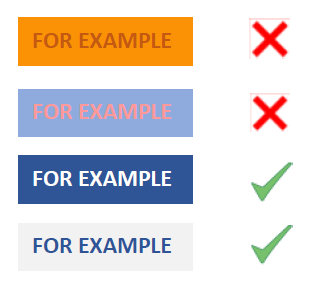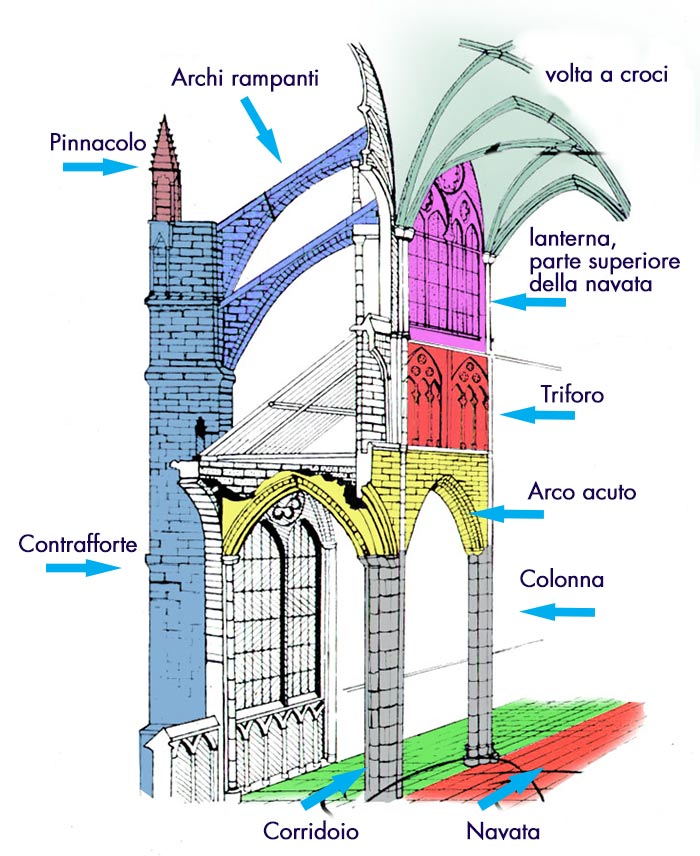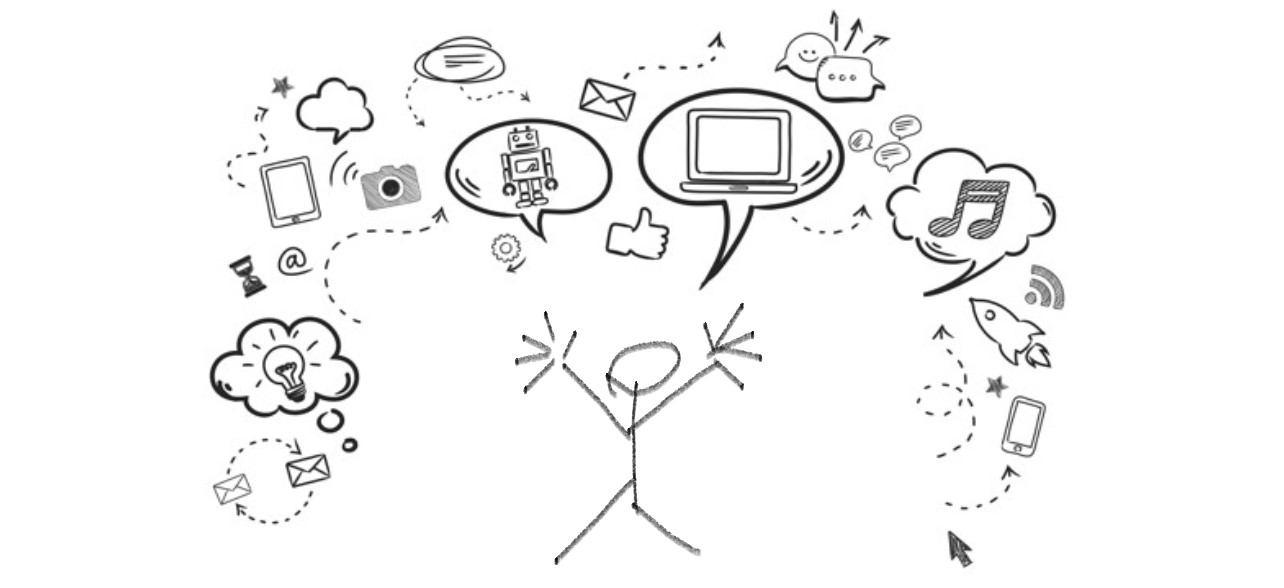Aim: to stimulate educators’ communication competences both when speaking and when adapting their didactic written materials for their d/Deaf or hard-of-hearing students.
The sheet contains some resources that can used in order to make the teaching activities the most accessible possible for all. In fact, at the end of this document the educator should be aware that the accessibility needed from the “weakest” student in the group is useful for all.
Key words: communication; d/Deafness; accessibility; accessible materials.
Prior knowledge: Learners that want to get close to communication accessibility for all and in particular for people with sensorial disabilities, don’t have to already possess particular knowledges or skills. The most important requirements are flexibility, open-mindedness and willing to research.
Introductory readings about the topic will be provided in order to allow learners to get in and go deeper also in an autonomous way.
Teachers should always be sure that what they are explaining is totally understood by all the students, that’s the basis for the creation of a good learning path: the lessons are effective first of all when they are expressed with a good communication that reaches all.
The word “communication” comes from the Latin and means “to put in common, to share”: communication is usually described as the transmission of information from one individual to another, through the exchange of a message elaborated according to the rules of a specific common code. The main point that we want to highlight in this sheet is that the more accessible this code is in the way it’s exposed, more people can be involved and can benefit.
Main Part
Introducing accessible communication…
In general d/Deaf and hard-of-hearing people have huge difficulties in receiving external information both through spoken and written language because they don’t acquire it spontaneously. For that reason is important to keep in mind some general suggestions in order to improve communication:
- Catch the attention of the deaf student before talking: a slight flick on the shoulder or on the arm or a sign in the air in his/her direction to catch the eye.
- Put yourself in front of the deaf person while you’re talking or be sure to structure the classroom in a way that you can have visual contact with all of your students. Do not put yourself in places where a point of light is at your back, for example in front of a window, or in poorly lighted places. Pay attention that no object is between you and the deaf person during the conversation, so that the view is not obstructed.
- Make sure that the deaf student sees clearly the face and the mouth of the person who is talking. Do not chew or keep a hand in front of your face.
- When your student is accompanied by an interpreter, maintain eye contact directly with the person who is deaf, not with the interpreter.
- When it is possible, reduce background noises and control the discussion so that only one person is speaking at a time.
- It is not useful to amplify the lip movements. In fact, this kind of exaggeration actually hinders comprehension instead of helping! Also using a louder voice is not useful while talking with a deaf person because it changes normal lip movements.
- Use face and body expressions in order to make the message clear. Remember deaf and hard of hearing students pay attention to visual signs such as body language, gesture and expressions, to gather information.
- All information should be available in adapted easy-written format, too. “Adapted easy-written format” means adapting the content of a text not to make it poorer but to make it clear and immediately comprehensible by all. Provide the same content, but in a different form. For instance, use high-frequency words (everyday words) in your own language and add some pictures to support the text; avoid subordinate clauses or passive forms because they change the basic order of the sentence; avoid long sentences and complex structures.
How to adapt written texts and make them accessible
The most difficult characteristic of a group formed by adults is its heterogeneity.
A heterogeneous class is one that has different kinds of learners in it, and when the learners are d/Deaf, the different kinds of d/Deaf identity also affect the knowledge level of the subject. For example, a d/Deaf person that wears no hearing-aid and uses sign language as the mother language will have different methodological needs compared to a d/Deaf person that uses oral language and has residual hearing. What they ask will also be different: whereas a signer (a d/Deaf person that uses sign language as the mother language) will ask for the deepening of written languages and the comprehension of texts, an oralist (a d/Deaf person that has residual hearing and that lip-reads) will also ask for at least a basic understanding of the pronunciation. Teaching issues in this kind of class could mainly be connected to materials and successful interest capture. Even if the target is adults, a boring topic will certainly reduce attention and motivation. Designing and personalizing materials is really challenging work: the teacher has to think about the competence level of each person and the capabilities that each student has to improve. The long time teachers need for the adaptation of the materials must be taken into account. The best way to save teachers’ time and energies is to create materials that are adapted from the very beginning and to bear in mind that adapting material for a person with more difficulties actually means creating good material for all the students in the class because everyone can take advantage of it!
- Use a visually attractive and friendly layout (images, photos, symbols, strong color contrasts)
- Pay attention to the color contrast:

- Use images whenever you can:

Organize the text in a userfriendly and “easy-to-read” format:
- Use basic sentences, coordinated not subordinated. Use high-frequency words (everyday words) in your own language.
- When translating from English into your language, think about the target group that will use the material and adapt it (for instance, easier words, less complex sentences) in order to be sure that the content has become understandable for everyone.
- Use the “didactics of doing”: people can truly learn when they combine theory and experience. Take a practical approach combined with theory.
- Give an initial and a final evaluation in order to have clear in mind how it’s going on the learning path.
European regulations are also involved in this subject, for example, the Marrakesh Treaty for European member states provides an exception in copyright law; for example, specialized organizations or individual users with disabilities can print and convert a text into an accessible format without asking the owner of the intellectual property for permission. Another regulation at European level is the Accessibility Act (EAA), it concerns the requirements for the accessibility of products and services, and particularly personal computers (both hardware and software), e-commerce, banking services, all self-service terminals (such as ATMs, automatic ticket machines), e-books and reading software.

Task/Exercise or Formative Assessment
We propose you to take a paragraph from a book and try to change it in the most accessible way that you can, maybe for instance by adding an image or turn subordinate or passive clauses into basic sentences with high-frequency vocabulary.
Desirable outcome
At the end of this practice sheet, educators should be aware what accessibility in spoken and written language means. They should pay attention to their group of learners and find a way in order to create accessible material for all. Easy communication doesn’t mean poor communication, it means to reach all the students and to really involve them in the learning process.
References / Additional Resources
- “The Art of Effective Communication” by Marcus Alexander Velazquez during TEDxWolcottSchool
- “Making Education Accessible to Deaf Children” by Nyle DiMarco during TEDxKlagenfurt
- 5 ways to establish effective communication in the classroom by Olivia Hanifan
- Communication and Effective Teaching by Detlef R. Prozesky
- Tips and Strategies to Promote Accessible Communication produced by The North Carolina Office on Disability and Health with Woodward Communications
- Marrakesh Treaty (1st October 2018)
- European Accessibility Act (EAA)
 35-45 minutes | For educators
35-45 minutes | For educators